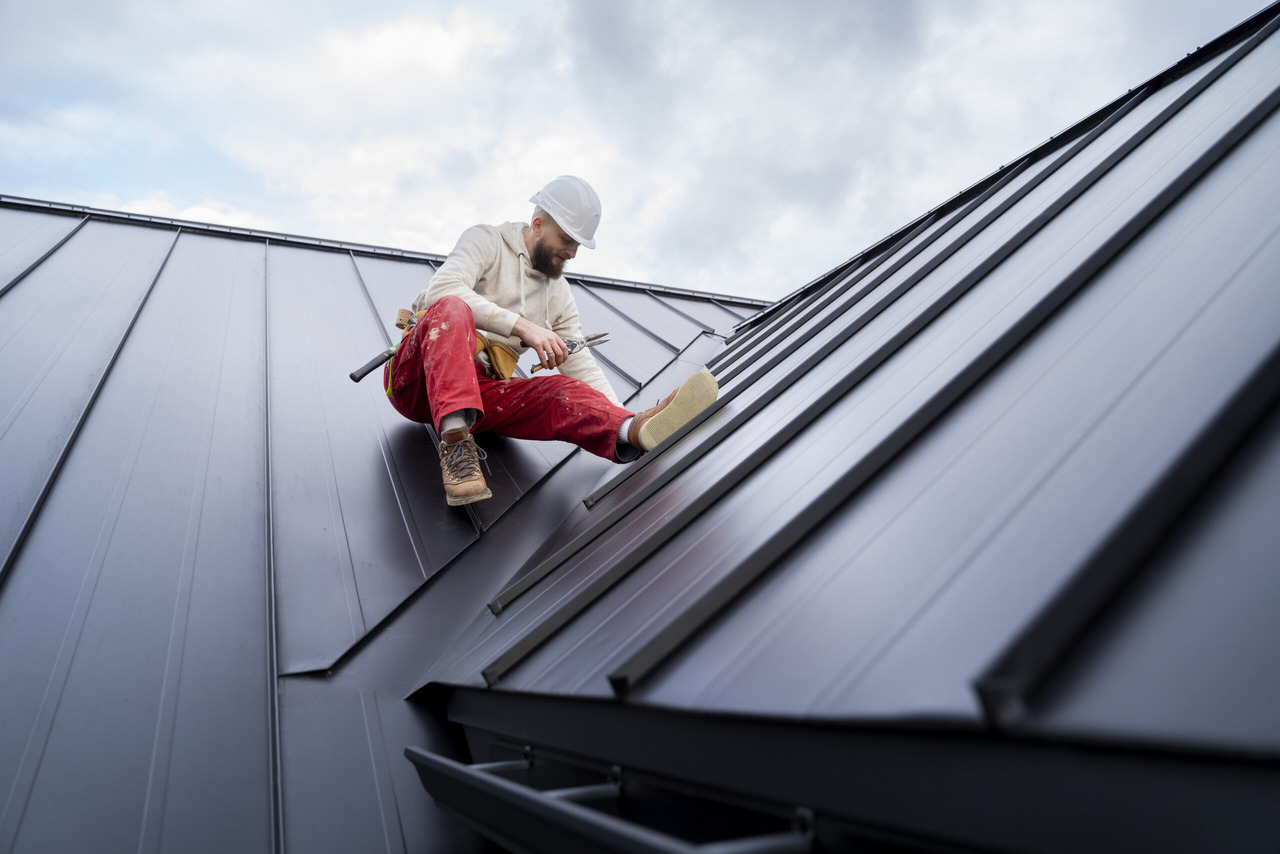Taking care of our homes is a continuous responsibility, and one crucial aspect that often goes overlooked is the roof. Your roof does more than keep you dry; it shields your home from the elements, helps maintain a comfortable indoor temperature, and protects the structural integrity of the building. Regular roof inspections are essential for catching minor issues before they become major problems, ensuring the longevity and safety of your home.
Ignoring the condition of your roof can lead to unexpected financial burdens. Small leaks or missing shingles can quickly escalate into significant damage, requiring costly repairs. Routine inspections not only help you stay ahead of potential issues but also improve energy efficiency by maintaining proper insulation and ventilation. This proactive approach can save you substantial amounts of money over time and enhance the overall comfort and value of your home.
In this article, we’ll delve into the hidden costs of neglecting roof inspections, the benefits of early problem detection, how regular inspections can improve energy efficiency, and the steps to schedule and perform routine roof checks. Understanding these aspects will help you keep your roof—and your wallet—in great shape.
The Hidden Costs of Neglecting Roof Inspections
Ignoring regular roof inspections can lead to significant financial consequences. Over time, small issues that go unnoticed, such as minor leaks or missing shingles, can escalate into major problems that require costly repairs. For instance, what might start as a small leak could eventually lead to extensive water damage, rotting wood, and compromised structural integrity. By the time these issues are evident, the cost to fix them can be substantial, involving not just roof repair but also interior renovations and mold remediation if water has seeped into walls and ceilings.
Furthermore, neglected roofs may incur higher repair costs not only because the damage is more extensive but also because emergency repairs tend to be more expensive. Contractors will usually charge more for short-notice fixes compared to planned maintenance work. Additionally, a severely damaged roof can reduce your home’s energy efficiency, causing heating and cooling costs to rise.
In extreme cases, neglecting your roof can even affect your home insurance coverage, as some policies may exclude damage resulting from lack of maintenance. In summary, the hidden costs of ignoring roof inspections can add up quickly, making regular check-ups essential for financial and structural health.
Benefits of Early Problem Detection
Catching roofing issues early offers numerous advantages, making inspections a worthwhile investment. Here are some key benefits:
1. Lower Repair Costs: Early detection means you can address issues while they are still minor and less expensive to fix. This can save you from larger, more costly repairs down the road.
2. Extended Roof Lifespan: Regular inspections help maintain your roof in good condition, extending its life significantly. A well-maintained roof can last many years longer than a neglected one.
3. Increased Home Value: A roof in good condition adds to your home’s value. Potential buyers are more likely to be interested in a property with a well-maintained roof, enabling you to sell your home quickly and possibly at a higher price.
4. Preventive Maintenance: Routine inspections can spot potential problems like loose shingles, damaged flashing, or beginning signs of wear and tear, allowing you to address these issues before they result in major damage.
5. Improved Safety: Maintaining your roof ensures that it remains structurally sound, reducing the risk of accidents or collapses that could endanger your family or property.
6. Peace of Mind: Knowing your roof is in good shape allows you to rest easier, especially during harsh weather conditions, knowing that your home is protected.
By identifying and addressing roofing problems early, you can enjoy these benefits and avoid the stress and expense associated with unexpected major repairs. Regular inspections are a proactive step that pays off in both the short and long term.
How Regular Inspections Improve Energy Efficiency
Keeping your roof in top shape can significantly enhance your home’s energy efficiency. When your roof is well-maintained, it provides better insulation, preventing unwanted heat exchange between your home and the outside environment. Proper insulation means your home stays warmer in the winter and cooler in the summer, reducing the need for excessive heating and cooling. This results in lower energy bills, as your HVAC system doesn’t have to work as hard to maintain a comfortable indoor temperature.
Moreover, regular inspections help in identifying and fixing gaps, cracks, and other issues that can lead to energy loss. For instance, damaged or missing shingles, leaks, and poor attic ventilation can all contribute to higher energy consumption. By addressing these problems early, you prevent heat from escaping in the winter and entering in the summer. This improved thermal performance not only enhances comfort but also reduces your home’s overall carbon footprint. In the long run, maintaining your roof through regular inspections is a smart and sustainable choice that pays dividends in energy savings.
Steps to Schedule and Perform Routine Roof Inspections
Setting up regular roof inspections is essential for keeping your home in good condition. Here are some practical steps to help you schedule and perform effective roof inspections:
1. Create an Inspection Schedule: Plan to inspect your roof at least twice a year, typically in the spring and fall. Additionally, schedule inspections after severe weather events like storms, heavy snowfall, or high winds.
2. Gather Necessary Tools: Equip yourself with a sturdy ladder, binoculars, a flashlight, and chalk or a marker to highlight areas of concern.
3. Visual Inspection from Ground Level: Start by examining the roof from the ground using binoculars. Look for visible signs of damage like missing shingles, sagging areas, and accumulated debris.
4. Inspect the Roof Up Close: Safely climb onto your roof to conduct a more thorough inspection. Check for loose or damaged shingles, worn flashing, and clogged gutters.
5. Examine the Attic: Inside your home, inspect the attic for signs of leaks, mold, or mildew. Look for any light coming through the roof, which could indicate gaps.
6. Take Notes and Photos: Document any issues you find by taking notes and photos. This record will be useful for comparison during future inspections or when consulting with professionals.
7. Know When to Call Professionals: If you discover significant damage or are unsure about the findings, don’t hesitate to call in a qualified roofing contractor for a more detailed assessment and repairs.
By following these steps, you can ensure your roof remains in excellent condition, thereby protecting your home and maintaining its value.
Conclusion
Regular roof inspections are a vital part of home maintenance that shouldn’t be overlooked. They help you catch issues early, improve energy efficiency, and save money in the long run. By inspecting your roof routinely, you can avoid unexpected and costly repairs, ensure your home remains comfortable throughout the year, and increase its overall value. Don’t wait for problems to escalate—take proactive steps to keep your roof in check.
Mega Pro is here to assist you with all your roofing needs. Schedule your regular roof inspections with our expert team to ensure your home remains in top condition. Contact us today for reliable and professional roofing services!


